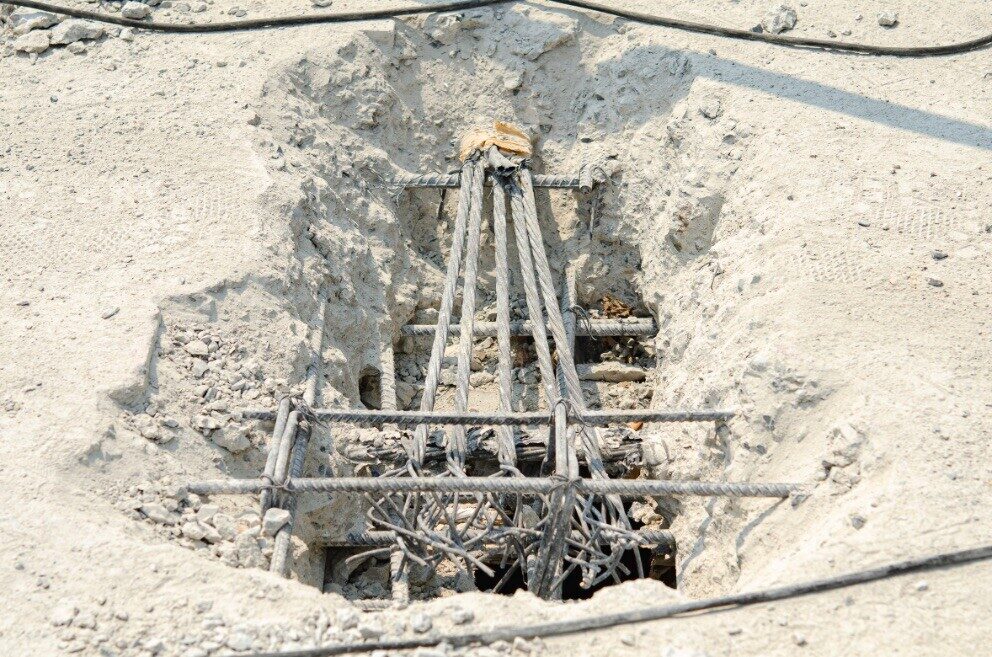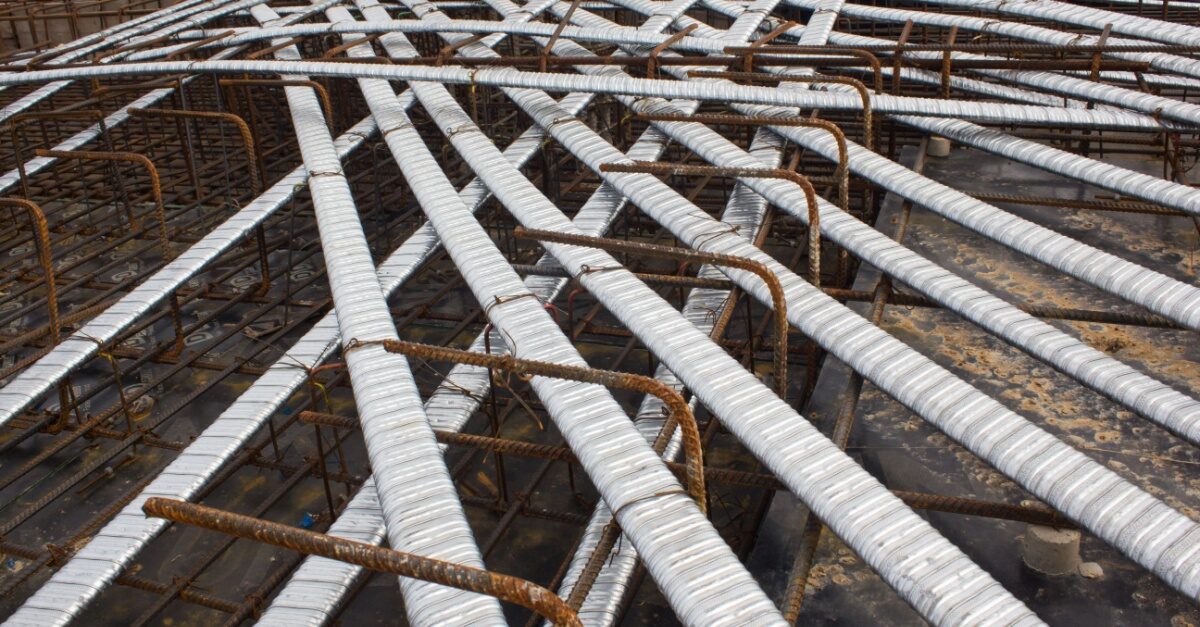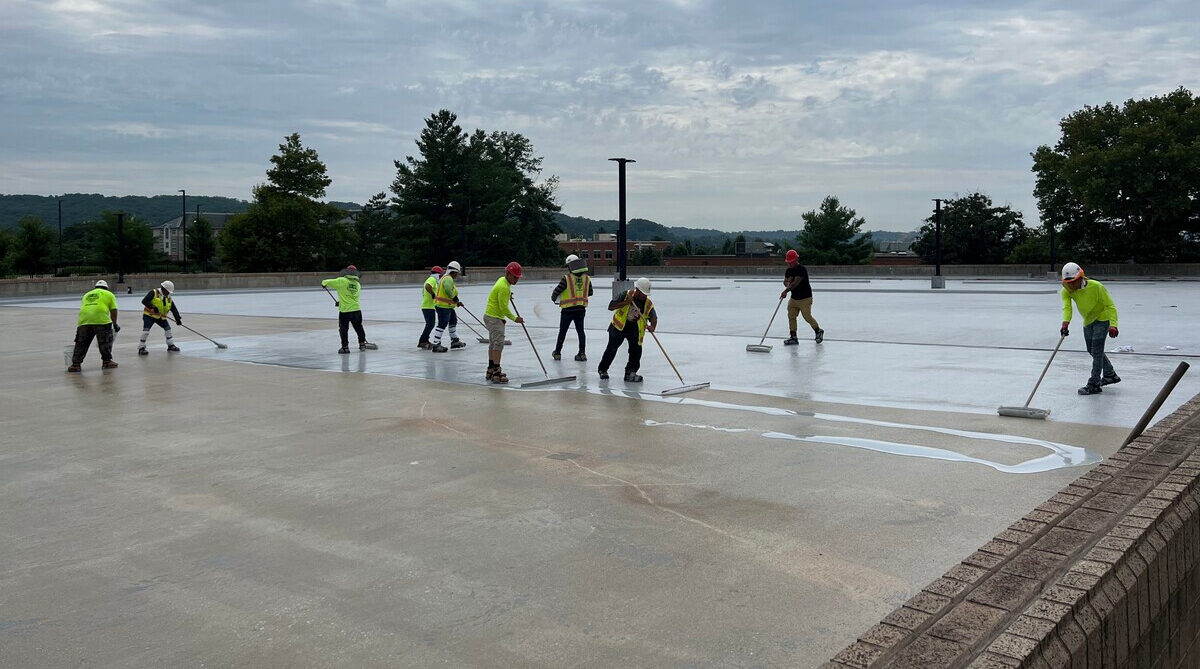Composite Strengthening Solutions: What Are Fiber-Reinforced Polymer (FRP) Systems & Other Concrete Strengthening Additives
Even though concrete is an extremely durable material, it is not impenetrable to corrosion or weakening over time. Before the need for reinforcements arises, high-rise maintenance systems can extend the longevity of the building. However, before the deterioration begins, building owners should continuously consider the value of reinforcing their concrete structures. If the structure has passed the point where basic waterproofing no longer can prevent damage, composite strengthening solutions are the next step forward. These effective and affordable solutions are used to increase strength for reinforcement and load-bearing capacity. Using fiber-reinforced polymer (FRP) systems to strengthen existing structures will involve evaluation, design, and detailing processes to properly understand the reinforcement issue. Let’s take a closer look at concrete additives, the most common type of composite material used for them, and how they improve the strength and integrity of your building.
What Are Concrete Additives?
An additive is any material used to improve the adhesion of concrete to itself and the adjacent building materials, which reduces the risk of cracks, water penetration, and degradation.
When deciding on concrete strengthening additives, it is important to know the intended use of the additives and how they will be applied to the structure. Proper interior and exterior maintenance of the building can delay the need for additives, but they will be necessary as the building ages.
This is especially true if the building was constructed without additives or with materials subject to corrosion and degradation, including timber. Some of the reasons for using additives are to handle a load increase, address damage to structural parts due to aging, errors in planning/construction, and also reduce stress in steel reinforcement due to cracking.
To resolve these issues, concrete additives are used to ensure the steadiness and reinforcement of the structure. In the last 25 years, fiber-reinforced polymer (FRP) systems have been used for structural strengthening. The most common strategy is carbon fiber strengthening of concrete, which can be limited to straight or slightly curved surfaces but is very resourceful when used on beams and structural foundations.
What Is the Most Common Composite Used?
The type of material used to strengthen concrete will depend on the level of reinforcement necessary. Regardless, there are a few simple things to consider. According to Structure Magazine, “The most common FRP systems for concrete strengthening applications are carbon fiber-based (CFRP). Carbon has superior mechanical properties and higher tensile strength, stiffness, and durability compared with glass fiber-based systems.” Carbon fiber strengthening of concrete provides solutions to structural issues such as aging, damaged or overloaded concrete, masonry, steel, and timber structures. While being very cost-effective for structural strengthening, CFRP is also very beneficial when a structure must support an increased load.
How Composite Strengthening Is a Solution
Without concrete strengthening additives, corrosion will occur over time, which in the worst cases could lead to the loss of an entire building. When using CFRP composites to reinforce weakened concrete, it’s valuable to know how it can be used in different types of repairs.
For instance, FRP fabric can be very beneficial once adhered to the tension side of a structure. This will provide additional tension reinforcement and increase flexural strength, while also allowing other beneficial resources to be used in tandem, such as building waterproofing services. The adhesive systems used to bond the two together may include a primer that is used to penetrate the concrete surface and improve the bond. By providing supportive reinforcement and improving axial strength, composite strengthening solutions are beneficial for many structural building repairs.
Save the Structure & Stress by Working With an Experienced Partner
As time passes, some aspects of a building will need concrete restoration and extra maintenance. It may be something as minor as elevator ceiling panels that need replacing or as in-depth as adding reinforcement to the structure of the building. Eventually, a building may need reinforcements to keep concrete corrosion at bay, and in other instances, add-ons to the structure may require other concrete work. Discovering that a structure needs composite strengthening solutions can be extremely difficult if your team does not know where to start or what solutions are available. Start by considering FRP systems, and improve the longevity of your concrete assets by requesting a consultation with The JOBS Group now.



